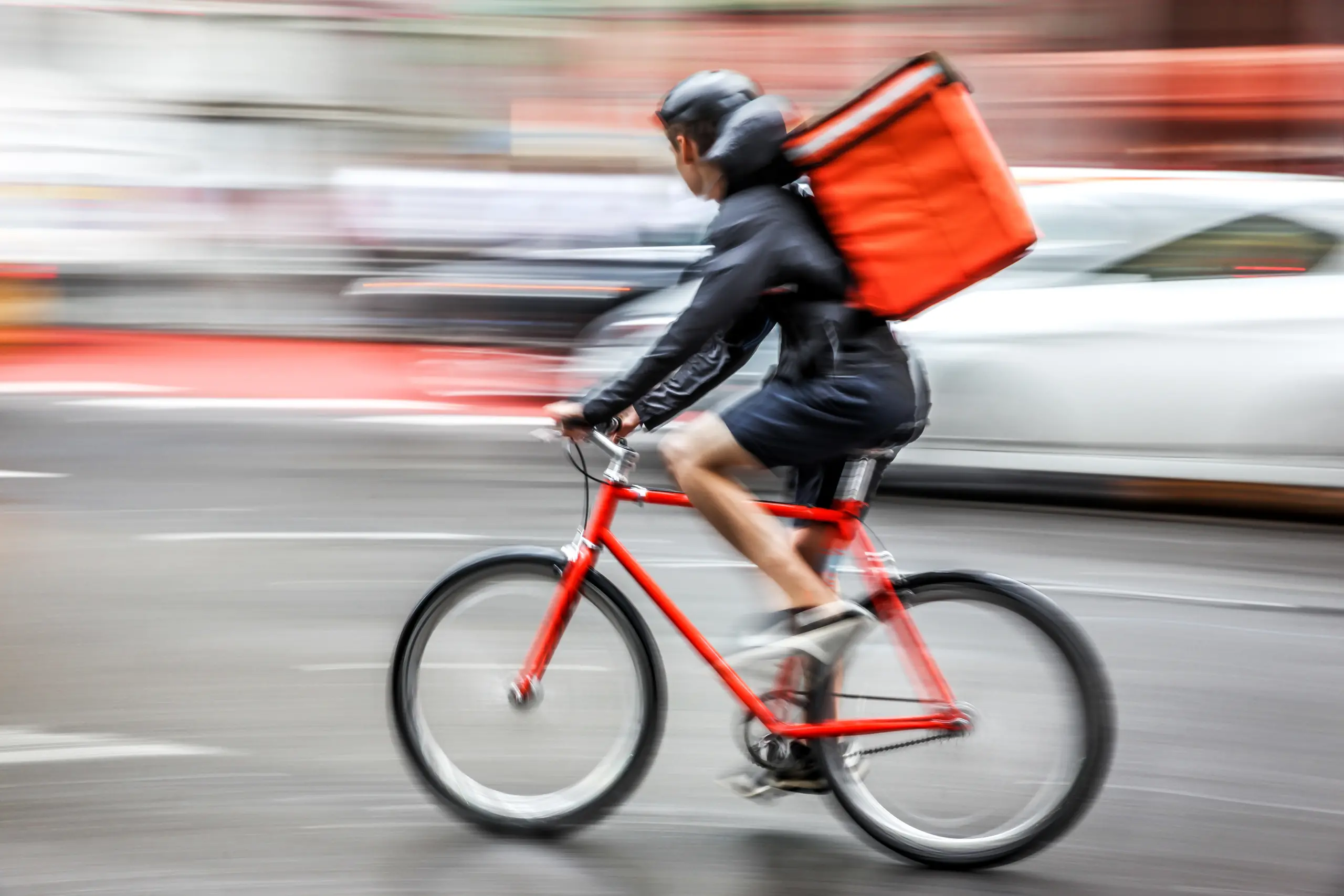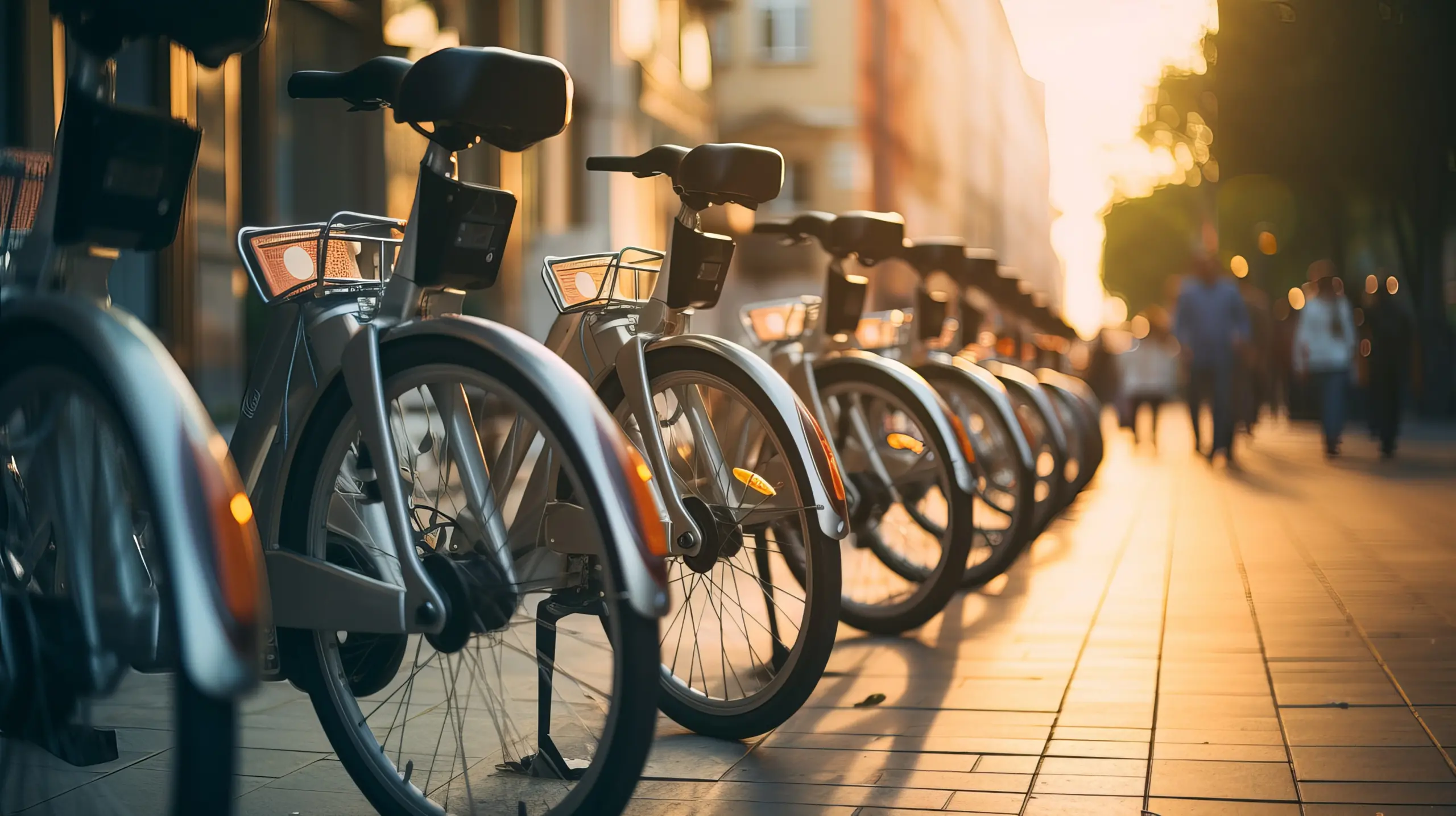
If you run a restaurant or any food delivery business, you know that deliveries are an important service and revenue source. Particularly if your business is in a city, many of those deliveries will be by bicycle. Many of your workers might also use a bicycle for their commute to work, or for recreation. Bicycle laws are not arbitrary; they are designed to protect cyclists and other road users. Considering the bike accident statistics, it’s clear that when cyclists and drivers both follow the rules, the number of accidents decreases significantly. These laws are in place to create a predictable and safe environment for everyone.
Right to the Road
Cyclists are granted the same rights and are subject to the same duties as drivers of any other vehicle. This equality means that cyclists must respect traffic signals, stop signs, and lane markings just as motor vehicles do. Signaling turns and stops is a legal requirement and a critical communication tool informing other road users of a cyclist’s intentions.
This communication is essential for safety and helps to prevent accidents. Cyclists should use hand signals to indicate turns and stops well in advance, allowing drivers ample time to react. Cyclists need to remember that predictability on the road can be just as important as wearing a helmet regarding safety.
Bike Lane Use
Bike lanes are dedicated spaces for cyclists and are designed to promote road safety and efficiency. When a bike lane is available, cyclists are generally required to use it, particularly when they are moving slower than other traffic.
However, there are situations where cyclists may need to leave the bike lane, such as when preparing for a left turn, overtaking another cyclist or vehicle, or avoiding hazards like parked cars or debris. It’s important for cyclists to remain vigilant and to signal their intentions when merging in and out of bike lanes. Motorists should also be aware of these potential movements and give cyclists the necessary space to maneuver safely.
Sidewalk Riding
Riding on sidewalks is a topic that often confuses both cyclists and pedestrians. The bicycle laws governing sidewalk riding can vary greatly from one jurisdiction to another. In some areas, bicycles on sidewalks are a common sight, while in others, they are strictly prohibited. When sidewalk riding is permitted, cyclists must be especially cautious and courteous.
Pedestrians have the right of way, and cyclists are expected to yield to them. It’s also important for cyclists to alert pedestrians when passing, preferably with a bell or a verbal warning like “on your left,” to avoid startling them. Cyclists should also be mindful of driveways and intersections where vehicles cross the sidewalk, as drivers may not expect a bicycle in these areas.
Equipment Requirements
 To ensure safety, bicycles must be properly equipped. This includes having a white front light and a red rear reflector or light for visibility, particularly during times of low light. Brakes are another essential safety feature, and they must be maintained to provide adequate stopping power.
To ensure safety, bicycles must be properly equipped. This includes having a white front light and a red rear reflector or light for visibility, particularly during times of low light. Brakes are another essential safety feature, and they must be maintained to provide adequate stopping power.
Reflectors on wheels and pedals can also enhance visibility. These equipment requirements are not just recommendations; they are often mandated by law and are vital for safe cycling, especially in low-visibility conditions or at night.
Helmet Laws
Helmet laws are perhaps one of the most discussed topics in bicycle safety. Some regions require helmets for all cyclists, while others mandate them only for riders below a certain age. Regardless of the legal requirements, wearing a helmet is a prudent decision.
Helmets are proven to reduce the risk of head injuries, which can be some of the most severe injuries sustained in bicycle accidents. Cyclists should choose properly fitted helmets that meet safety standards, as a poorly fitted helmet can provide a false sense of security.
Alcohol and Cycling
The dangers of drinking and driving are well-known, but it’s important to recognize that these dangers also apply to cycling. Operating a bicycle under the influence of alcohol or drugs is not only illegal but also highly irresponsible. Impairment can significantly affect a cyclist’s judgment, balance, and reaction times, increasing the risk of accidents.
Cyclists should be aware that the penalties for cycling under the influence can be severe, including fines and even imprisonment in some cases. The best practice is always to cycle sober and encourage others to do the same.
By familiarizing themselves with these seven bicycle laws and regulations, cyclists can better protect themselves and others on the road. It’s not just about following the rules—it’s about fostering a safe and enjoyable environment for everyone who shares the road. Whether you’re a seasoned cyclist or new to the activity, always stay informed about the laws in your area and commit to riding responsibly.
932 Views












